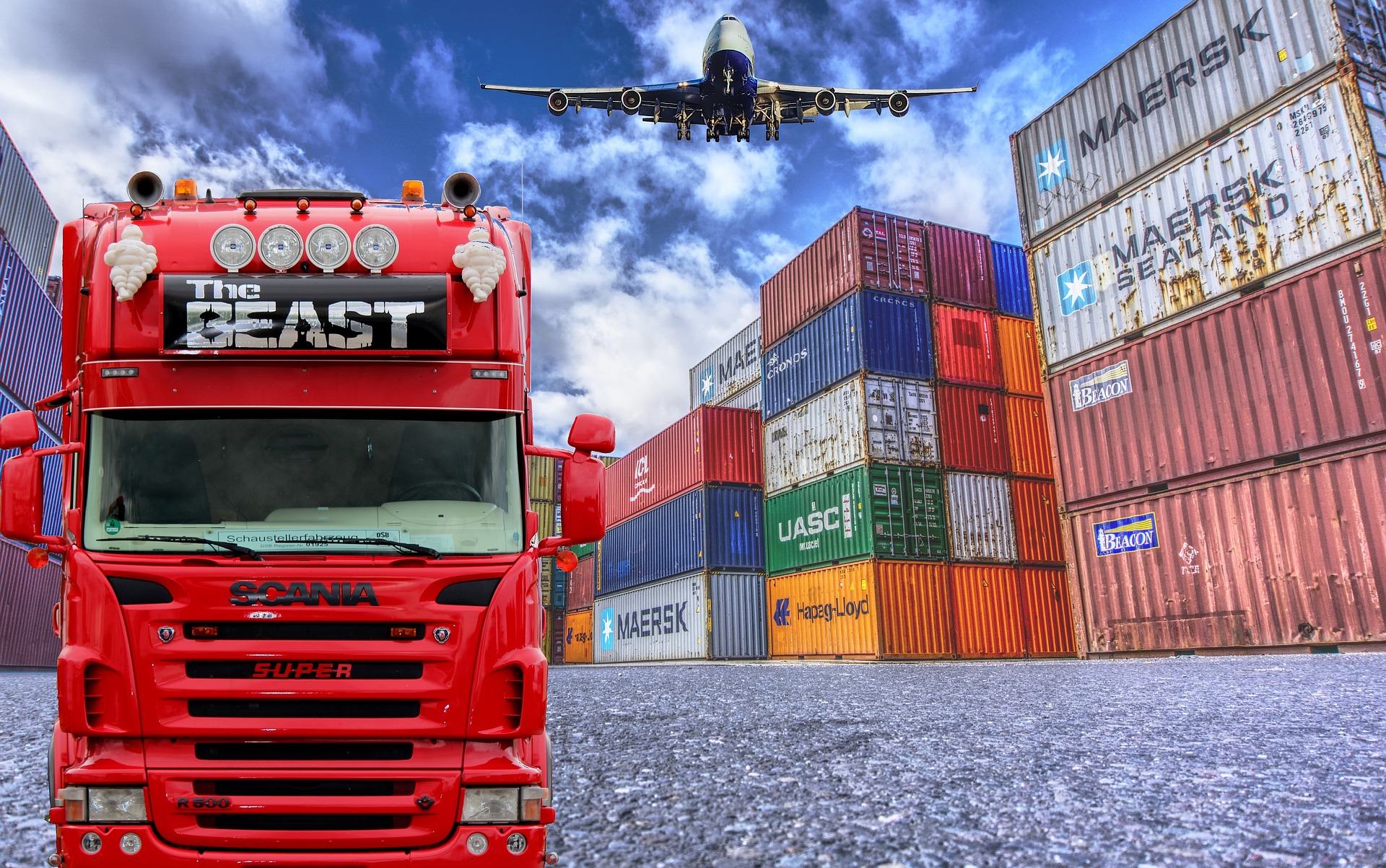The CFO’s thoughtful, fact-rooted reaction and action to tariffs can stand out in contrast to what may appear to be drama day-trading by many (or even most) others who track tariff activity as a process story.
Measurable concern: A recent survey found that 59% of respondents believe that tariffs would have a negative effect on their businesses. Some 85% reported that the uncertainty surrounding the subject had influenced their business planning to some degree.
Bottom line: This is a time for finance leaders to step up and contribute clarity as they navigate uncertain global economic waters whipped up by tariff turmoil.
___ ____ ___
Whether U.S. tariffs are wielded as a negotiation tool, a punitive measure or a tactic in support of macroeconomic strategy, they raise difficult questions for companies and finance groups: When will there be policy clarity? What is our exposure? How reliable are our forecasts? How do we become more resilient wherever the chaos leads?
These are important questions on an important topic. A recent survey found that 59% of respondents believe that tariffs would have a negative effect on their businesses. Some 85% reported that the uncertainty surrounding the subject had influenced their business planning to some degree, with 18% describing that impact as significant.
Given their roles and recent track records, CFOs are ideally positioned to answer these questions with a fact-based perspective during strategic conversations in the C-suite and boardroom as many react to the headlines. The CFO’s thoughtful, fact-rooted reaction and action can stand out in contrast to what may appear to be drama day-trading by many (or even most) others who track tariff activity as a process story.
In the initial months of the global COVID pandemic in 2020, CFOs quickly increased the frequency of cashflow and liquidity forecasts. During this time, finance groups found themselves responding to a flood of requests from colleagues for deeper and real-time financial insights. Amid today’s uncertainty, rapid spread of misinformation, fast-changing valid information, and geopolitical and other strategic risks triggered by the speed and volume of tariff announcements and reciprocal responses, a similar finance mobilization effort—one that includes sensitivity analyses, scenario planning and cost accounting—is now needed.
During these times, CFOs must serve as the company’s voice of reason. They need to provide data-driven “then” answers to the high-stakes “if” questions shareholders, board members and their C-suite colleagues are asking about the impact of tariffs on business performance, revenue, market share, profitability and the global economy.
Just the facts
As CFOs respond to stakeholders’ tariff questions about whether and how to adjust production capacity, supply chains and pricing strategies to preserve margins and sustain growth, they should keep the following in mind:
- Amid the noise, find the signals. Despite what many media reports suggest, tariffs are applied on products and supplies at the point of exit from a country; they are not a tax on the value of a finished product on a retailer’s shelf or an auto dealer’s floor. That’s not to say that tariffs do not trigger price increases or that they will not hurt U.S. consumers. However, a 25% tariff on a Ford F-150 is markedly different from a 25% tariff on an F-150 engine part that costs, upon departure from the factory, $1.40. As CFOs respond to questions from internal and external stakeholders, they need to provide fact-based responses and clarity. This requires finance groups to perform comprehensive and accurate calculations of the full impact of all tariffs affecting the company’s products. Finance groups need to carry those impacts throughout all systems and routes: cost accounting, pricing strategies, estimates of operating costs, and the like.
- Tariffs are enacted for different purposes. The U.S. administration’s tariffs imposed on Canada and Mexico appear to be more of a negotiation tactic designed to obtain concessions (regarding illegal immigration and/or fentanyl trafficking) from those neighboring countries. On the other hand, U.S. tariffs imposed on China are more likely designed to rebalance the cost of goods, reduce the country’s trade deficit between the two countries and change intellectual property protection policies. Thus, the reason behind an individual tariff affects the magnitude, timing, and likelihood or persistence of its impacts. Duration is a key consideration. Because it’s important not to treat speculation as fact when it comes to the meaning and impact of tariffs imposed on a particular country or product, CFOs may need to temper their organization’s response to specific announcements about proposed tariffs with, again, a focus on the facts.
- Tariffs are not occurring in a vacuum. In addition to upending global trade policy, the Trump administration is simultaneously pursuing sweeping regulatory changes in the service of de-regulation. A move to, say, shutter the Consumer Financial Protection Bureau or repeal the Securities and Exchange Commission’s climate impact reporting requirement would create additional uncertainties that could interact with tariff-driven impacts, including those imposed by other countries that may use tariffs for their own strategic and tactical purposes. This combination of momentous policy and regulatory change further complicates forecasting and planning activities and drives the need for dynamic scenario planning.
- Reshoring takes time. Another instinctive reaction to tariff announcements is shifting sourcing and manufacturing back to the United States. This is a legitimate strategic option. However, while reshoring has been discussed and promoted for years in the context of U.S. national security and economic interests, the country’s lack of access to, and/or control of, certain raw materials (ranging from basic plastics to rare earth minerals) represents a substantial obstacle. While the United States continues to negotiate access to and control of these materials, these issues will take time to resolve. In addition, reshoring requires significant capital investment, re-engineered supply chains and a source of labor over the short term. A dynamic that includes an aging workforce, a declining fertility rate and an ever-evolving immigration policy poses long-term considerations. For example, labor supply constraints may result in the need for capital-intensive automation.
An opportunity to put next-gen FP&A through its paces
Unlike reshoring, other tariff responses and decisions require swift responses: How does this affect our COGS? What about the costs of transportation and logistics? Can we sustain our profit margins? How are our key suppliers affected? Do we need to adjust our pricing and, if so, can we do it without a significant drop in demand? CFOs and finance groups play a central role in addressing these and related questions. They can thrive in these fact-finding activities by taking the following actions.
- Put pandemic muscles to use. Based on the growing sophistication and success of their FP&A activities during COVID, many CFOs have invested in subsequent improvements to these capabilities. That’s good news because the current tariff turmoil requires dynamic forecasts that pull real-time data from an evolving collection of internal and external systems. Related analyses can be used to inform agile adjustments to pricing, quantities, delivery centers and timing. “Next-gen” FP&A capabilities are needed for finance groups to identify how the organization and its trading partners are affected when, for example, a 10% tariff suddenly triples or when a 25% tariff is suspended. If that’s the game, finance needs to help their organization play it in real time. Insights regarding where, and how much, tariffs will affect business can help CFOs and the rest of the C-suite take action to limit impacts to the financials. These planning and analysis activities can also prevent C-suite leaders from reaching instinctively for levers that may not need to be pulled.
- Discover what’s in BOM black boxes. What exactly is in the bill of materials? As tariffs take hold, this question is crucial, though frequently difficult, to answer. Whether a bill of materials is associated with a contract manufacturer or a Tier 1 supplier, finance and operational leaders must crack open these black boxes to identify the sources of those raw materials, components and subassemblies and determine the extent of their exposure to tariffs. Establishing this type of BOM clarity strengthens FP&A and management/cost accounting activities and facilitates the determination of repricing adjustments and larger supply chain risk management decisions. In the simpler times of the past, a company would create a bill of materials at the beginning of the year and then return to the list in November to start repeating the process for the subsequent year. In this new era of protectionism, tariffs and potential trade wars, bills of materials require more frequent monitoring and adjustments.
- Unleash the cost accountants. As input prices fluctuate and bills of materials are reconfigured, it elevates the role of cost accountants, whose calculations and models influence pricing strategies, forecasting, sensitivity analyses and scenario planning. Some CFOs will want to engage their transfer pricing team as well, given that intercompany arrangements (as well as some advance pricing agreements governing the pricing of international transactions) will need to be reviewed and, in some cases, restructured as organizations seek optimal ways to absorb tariff-triggered cost increases.
These interesting times offer opportunities to CFOs. The actions outlined above will help CFOs respond to frantic calls from a wide range of stakeholders alarmed by what they don’t know regarding the ripple effects of a rapidly evolving global trade environment. While most of those calls will likely be triggered by disquieting headlines, the CFO’s responses to them should be fact-based and data-driven. This is a time for finance leaders to step up and contribute clarity as they navigate uncertain global economic waters whipped up by tariff turmoil.
Learn more about how Protiviti can help you respond to tariff changes.
This article originally appeared on Forbes CFO Network.





